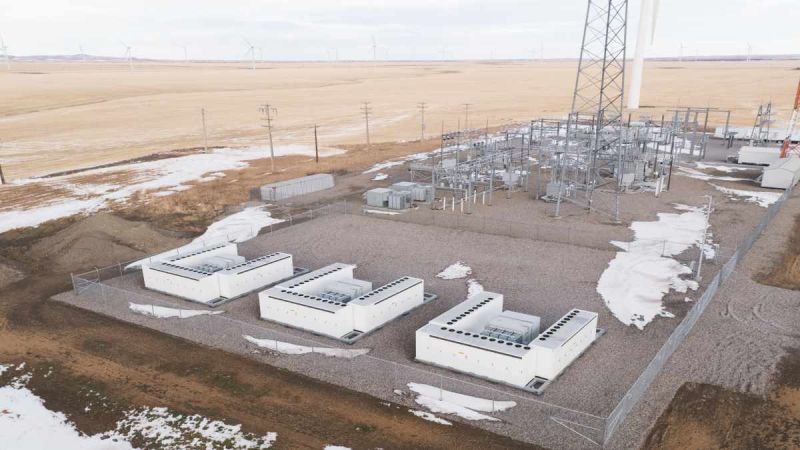LFP Batteries Equivalent Full Cycle
LFP battery chemistry has been around a long time - even longer than NMC. NMC was created more for a means of high performance EVs and devices, such as large trucks (think Tesla Semi). NMC batteries do weigh less and have a higher energy density per kilogram. So why are LFP batteries better?
Both these batteries can do full charge cycles between 3,000 and 5,000 times. There is one important distinction though and that is battery degradation. This is where the LFP battery really shines.
There was a paper from the Journal of the Electrochemical Society that showed that LFP batteries have a longer lifespan than NMC batteries. Will this be true even with the 4680 batteries? This assumes there will be 4680 LFP battery, but I digress.
The paper shows that tests published in September of 2020 showed the repeated charge and discharge from 0% to 100% for both LFP batteries and NMC batteries. The conclusion and result of this paper: LFP cells have a substantially longer life cycle under the conditions examined.
The Results of the LFP and NMC study
The results show the LFP batteries compared to the NMC batteries is very interesting. Here is what I read from the report:
* LFP batteries, after 3,000 charge cycles often carried 90% of the original charge of the battery and rarely dipped below 80% of the original charge of the battery.
* NMC batteries, after 3,000 charge cycles were often at 80% or less of their charge.
* The LFP batteries also degraded much slower over the 0% to 100% charge cycles.
If I take an average mileage, using 90% degradation over 3,000 charge cycles, I get this calculation:
* (272 *.90) is 272 miles base range in my Model 3 RWD and 90% of that is 245 miles. 3,000 charge cycles * 245 miles is 735,000 miles. I will most likely not drive that far in my Model 3 RWD. And that doesn't even count its current range, which is about 267 miles at 5,000 miles driven. Even if you add a 10% battery tax for climate controls and cold weather, I will likely never need to touch my LFP battery or have it replaced.
This seems to support the claim of Elon Musk that Tesla's batteries, especially LFP batteries, will often outlive the entire vehicle itself. LFP batteries are currently used in all standard range vehicles for the Model 3 and Model Y. I expect to see them being used for future vehicles of these types.
You may also be interested in:
- Is Elon Musk neglecting retail investors?
- How regenerative braking works in EVs.
- Is Tesla bringing back radar?
Future of LFP Batteries and Charge Speed
The tests also showed the LFP batteries had a better round trip efficiency (RTE) than the NMC batteries, which was calculated by dividing discharge energy by charge energy. LFP batteries are a more efficient and economical choice.
There is also a difference in charge speed of LFP and NMC. NMC are often charged at a higher speed and rate compared to LFP using a 0% to 100% charge cycle. That comes with a trade off. NMC batteries require more maintenance and controls due to the extra heat generated.
LFP batteries charge at a lower rate. They can have dual plugs to double the charge rate while still having an overall lower charging temperature. This lower charging temperature preserves the battery life.
To summarize:
* NMC is a good choice for high performance EVs that want speed and acceleration
* LFP is good for EVs that don't need performance as much, but desire a long life span - good for a standard range vehicle that doesn't want as much degradation due to smaller overall range
* LFP is good for stationary storage
* LFP batteries have a much higher life span
* LFP batteries are cheaper - and should be made into 4680 batteries for even cheaper cost
What do you think of LFP batteries? Will we be seeing more of these in EVs?
Leave your comments below, share the article with friends and tweet it out to your followers.
Jeremy Johnson is a Tesla investor and supporter. He first invested in Tesla in 2017 after years of following Elon Musk and admiring his work ethic and intelligence. Since then, he's become a Tesla bull, covering anything about Tesla he can find, while also dabbling in other electric vehicle companies. Jeremy covers Tesla developments at Torque News. You can follow him on Twitter or LinkedIn to stay in touch and follow his Tesla news coverage on Torque News.













Comments
good review! well written…
Permalink
good review! well written and easy to understand even for a chemistry layman like me